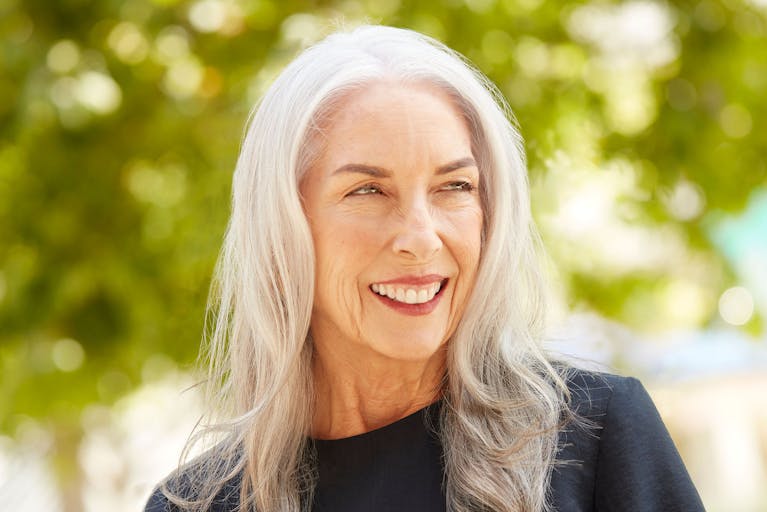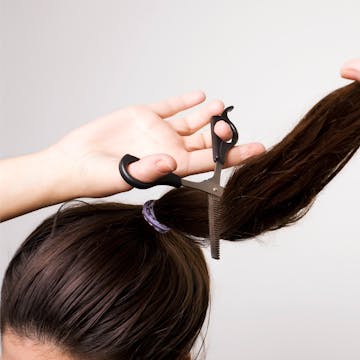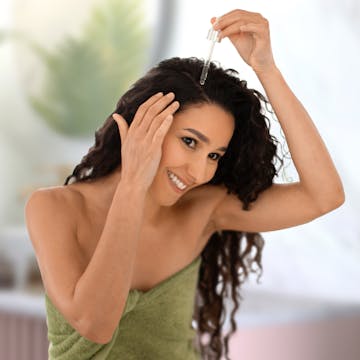Ask a Colorist: Why Does Hair Turn Gray?
There’s a silver lining in every hair color journey.
For many of us, going gray is a topic that can spark curiosity and maybe even a tiny moment of panic. While gray hair is a natural part of life, the science and causes behind gray strands are often misunderstood. To demystify the process, we’re diving into what makes hair go gray and the factors that contribute to this change. So let’s kick back and have a chat about the silver linings of your hair journey!
The Science Behind Gray Hair
Hair gets its color from melanin, a pigment produced by specialized cells called melanocytes. As we age, these cells gradually produce less melanin, resulting in hair that loses its color and appears gray, white, or silver. Think of it as your hair’s natural evolution—a change that’s as unique as you are. Once melanin production stops altogether, the hair strand grows out completely devoid of pigment, leaving it a pearly shade.
What Causes Gray Hair?
While aging is the most well-known factor, it’s not the only one responsible for those shimmering strands. Here are some common culprits.
1. Genetics
Your genes play a major role in determining when you’ll start to notice gray hairs. If your parents grayed early, there’s a good chance you might, too. It’s all in the DNA! Some studies even suggest that specific genes are responsible for regulating melanin production, meaning your timeline for graying may already be pre-programmed.
2. Stress
You’ve probably heard the phrase “stress makes your hair turn gray.” While stress doesn’t directly cause gray hair, studies suggest it can accelerate the process by affecting melanocyte activity. Prolonged stress can lead to changes in how your body functions, including hair pigmentation.
3. Aging
The most common reason for gray hair is simply the passage of time. As you age, your body naturally produces fewer melanocytes, which means less pigment for your hair. Additionally, aging impacts the hair’s structure and texture, which can make grays appear more prominent. This is why maintaining a healthy hair care routine becomes even more important as you grow older.
4. Lifestyle and Health
Factors like smoking, nutritional deficiencies, and certain medical conditions can also contribute to premature graying. A healthy diet rich in vitamins and minerals, especially B12, can help support melanocyte health.
Whether you’re spotting your first silver strand or rocking a full head of gray, remember that it’s a natural part of your story. At eSalon, we’re here to help you embrace your hair’s journey, whether that means customizing color to blend your grays or celebrating them in all their glory.






